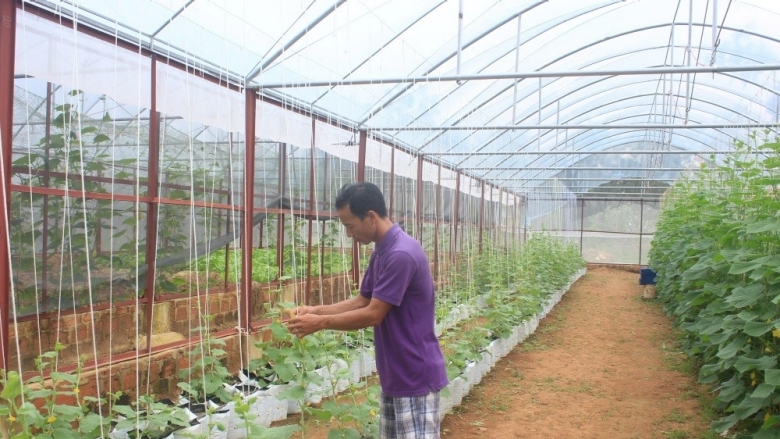In a world of headline-grabbing climate shocks, El Niño stands out as one of the biggest climate risks in East Asia and the Pacific. It is a cyclical event that consistently ravages the region's economies and agricultural sectors. In turn, La Niña, the cool phase which typically occurs the year after an El Niño event, often brings extensive damage from floods and heavy rainfall.
El Niño has occurred eight times since 1980, with the most recent major event, from 2014 to 2016, being the most severe, causing billions of dollars in damage to the region. Meanwhile, La Niña has occurred six times since 1980, and has had both positive and negative impacts on agriculture and food security. As climate change intensifies, the swings from extreme El Niño to extreme La Niña are projected to occur more frequently.
A recently released series of reports, Striking a Balance, carries out in-depth economic modeling to calculate changes in agricultural production, gross domestic product, household welfare, and poverty levels from both El Niño and La Niña. Covering Cambodia, LAO PDR, Myanmar, the Philippines and Vietnam, the series also estimates how certain policy interventions could mitigate these impacts and identifies opportunities to help countries rebound from these climactic events.
Main Messages
- El Niño and La Niña impact climate, agriculture, economy, and society. All five countries surveyed in the report are vulnerable to climate shocks from both weather phenomena. The impacts on the agricultural sector, which accounts for between 13-30% of GDP and 40-68% of employment in each country, are particularly substantial.
- It’s estimated that El Niño produces GDP, consumption, and income losses, but there are opportunities to harness the heavier precipitation during La Niña to ameliorate the losses.
- Women and poor rural households suffer disproportionately from El Niño and La Niña. Poor rural households consume less and suffer more during these weather events.
- Regional governments have made gains in preparing for climate events like floods and other natural disasters, but more could be done to prepare for El Niño and La Niña specifically. Investing in early warning systems, developing national action plans, and cooperating with other East Asia–Pacific countries could boost resilience.
Policy interventions can mitigate El Niño and La Niña-related losses. They include introducing drought-tolerant crop varieties, expanding irrigation, restricting rice exports, storing and distributing grains, expanding social protection coverage, and introducing food import subsidies. Analyses indicated that introducing all these policy interventions simultaneously is by far the most effective at minimizing GDP losses during El Niño. Moreover, providing social transfers is the most effective policy for protecting vulnerable populations from welfare losses during El Niño.
